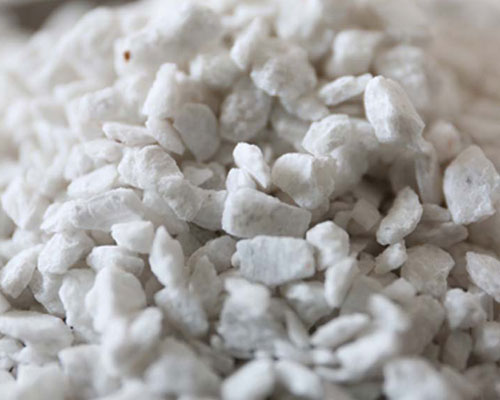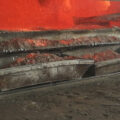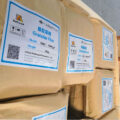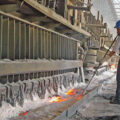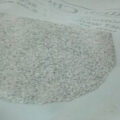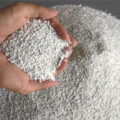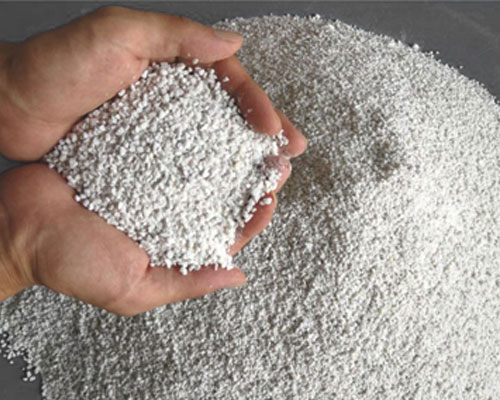Granular fluxes are usually composed of chlorides and fluorides as well as additional additives to give special properties. Flux is used to describe all aluminum melt treatments in which compounds are used. These compounds are usually inorganic and can perform a variety of functions, such as degassing, magnesium reduction, impurity removal, and alloying. Granular Fluxes also include the treatment of molten metal by reactive or inert gases to remove gaseous inclusions of metallic impurities.
Chemical Composition of Granular Fluxes
Most fluxes are based on a mixture of KCl and NaCl salts to form eutectic at low temperatures. Another common component of flux is NaF, which forms ternary eutectic with KCl and NaCl. The normal flux consists of about 47.5% NaCl, 47.5% KCl and 5% fluoride. Lower melting temperatures are important and therefore increase flux fluidity.

Function in Flux
The fluorides of alkali metals act as surfactants. On the one hand, the surface tension between flux and metal is reduced, on the other hand, the surface tension between flux and oxide is reduced. Chlorides exhibit this property to a lesser extent.
Fluorides, alkali metal oxides, are soluble (though to a small extent) which helps them penetrate the oxide film in the slag and grow on the furnace wall. This improves the wettability of the molten aluminum oxide and the separation of the metal oxides.
Nitrate additives such as KNO3 can cause heat release. These fluxes are exothermic. The oxygen liberated from the decomposition of nitrate reacts with aluminum to form Al2O3 and a lot of heat. This increases the turnover and promotes the separation from metal oxides. Clean the flux used in the furnace. This reaction increases the ability of flux to penetrate the furnace wall in the growth.
Degassing Flux
Some compounds decompose as gases are released, such as chlorine or carbon dioxide. If these fluxes enter below the surface of the melt, bubbles will form, thus reducing the hydrogen content in the melt. The most famous of these compounds is hexachloroethane (C2Cl6), which distributes chlorine Cl2 and gaseous AlCl3 compounds.

